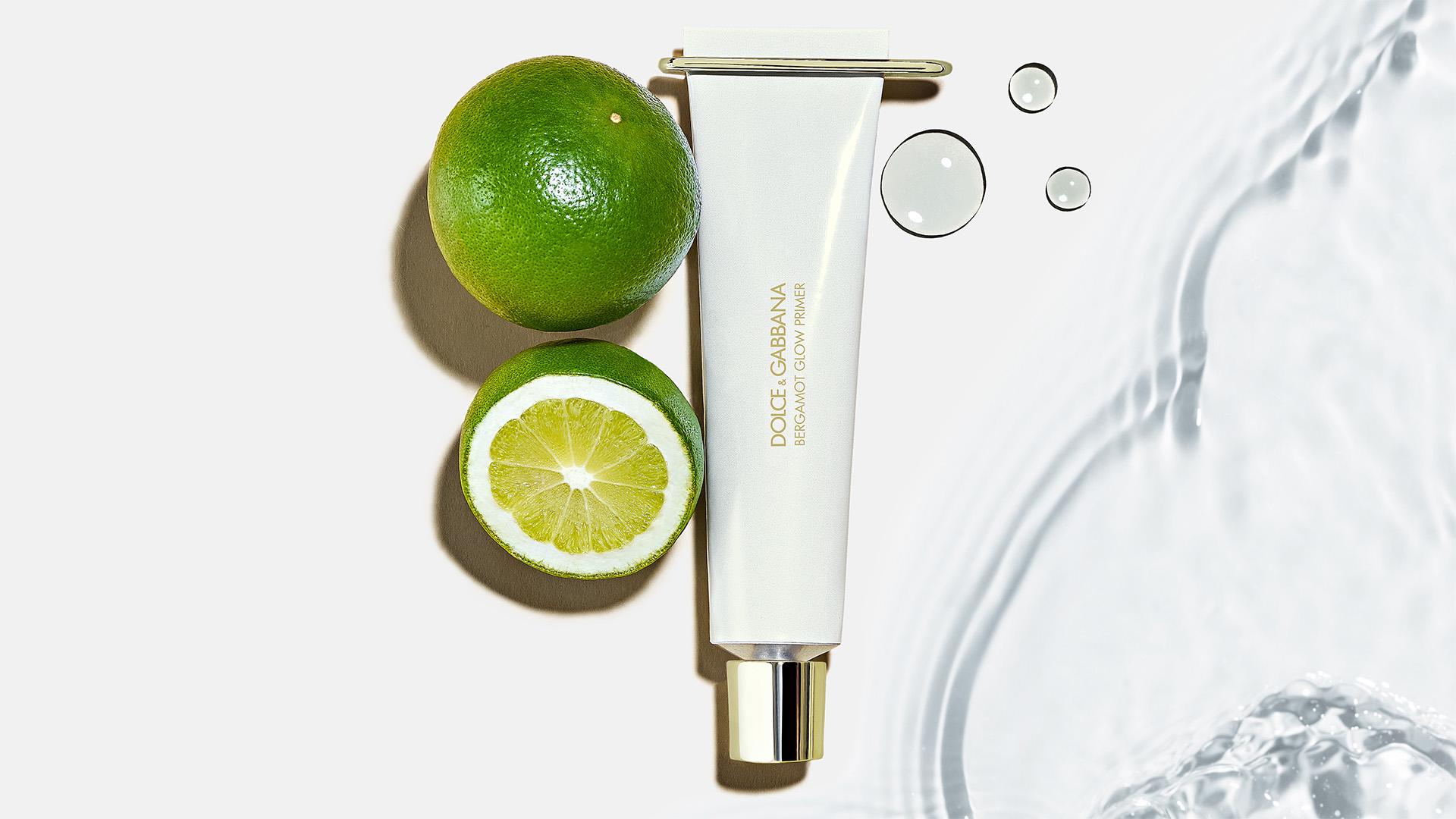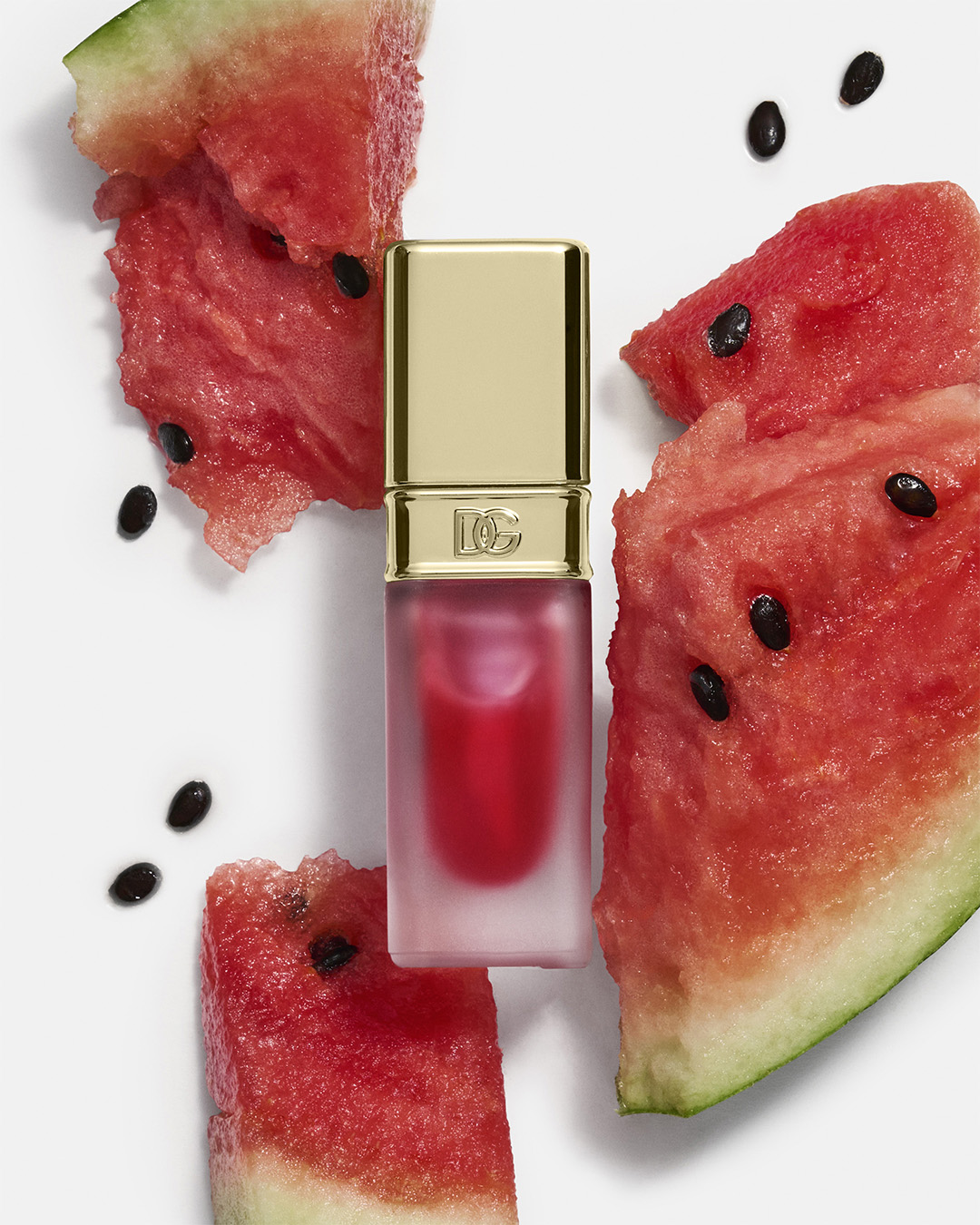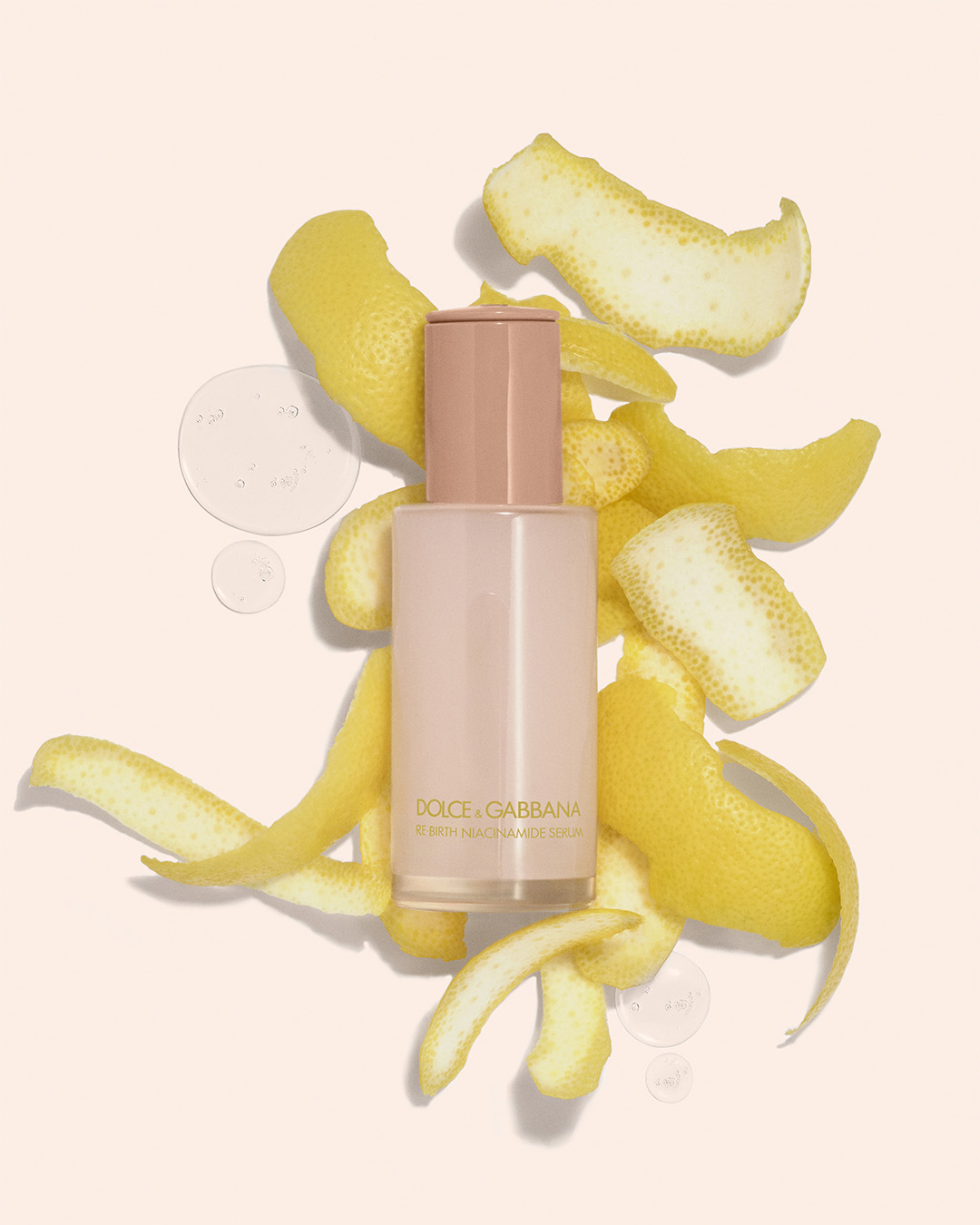July 2025
Dolce&Gabbana Beauty: a sustainability that starts from the formula
From the selection of raw materials to the traceability of the supply chain, every phase of the brand’s production process is focused on quality, safety, and reducing environmental impact
In Dolce&Gabbana Beauty, sustainability is a concrete path of transformation.
Attention to quality, safety, and environmental impact translates into well-defined actions that concern every phase: from the choice of ingredients to transparency in the supply chain.
This holistic approach is reflected in formulation choices, relationships with suppliers, and the entire production supply chain.
Beauty and Sustainability
Every formula is designed with a sustainability-oriented approach to respect and protect the surrounding environment. Ingredients are carefully selected to meet the highest international safety regulations and standards, ensuring quality, traceability, and compliance.
Driving this effort is a conscious selection of ingredients that goes beyond regulatory requirements. To achieve this, a specific blacklist has been adopted, excluding not only prohibited substances but also those that could compromise ecosystem balance or consumer safety. Ingredients still under evaluation by competent authorities are also excluded, demonstrating utmost precaution and responsibility.
Environmental protection involves considering the entire product lifecycle: from ingredient sourcing to their impact on the environment post-use. Elements such as oils and mineral waxes derived from fossil fuels (Paraffinum liquidum, Microcrystalline Wax) have significant emissions impacts during extraction. Therefore, Dolce&Gabbana Beauty avoids or minimizes their use in product lines, favoring alternatives with lower environmental impact.
Similarly, cosmetic products do not contain ingredients derived from genetically modified plant species, which could disrupt local biodiversity if introduced into the environment by displacing native species and altering local ecosystems.
This commitment to biodiversity also extends to aquatic ecosystems, where every ingredient can make a difference. Certain sunscreen filters, once released into water during bathing, have been shown to compromise the health and balance of marine ecosystems. Notably, as highlighted in Hawaii Act 104 — a law passed by the State of Hawaii — benzophenone-3 (oxybenzone) and ethylhexyl methoxycinnamate (octinoxate) contribute to coral bleaching and mortality, as well as harm fertility and development in these and other aquatic organisms.
For this reason, Dolce&Gabbana Beauty complies with Hawaii Act 104, ensuring that its products are safe for marine ecosystems. The brand is committed to favoring mineral filters over chemical ones, due to their lower environmental impact.
Even in the final stages of the product life cycle, Dolce&Gabbana Beauty is committed to carefully assessing the environmental impact of each ingredient. Some substances, once released, can persist in the environment and accumulate within ecosystems, potentially disrupting their balance. This is the case, for example, with cyclic silicones, the chelating agent EDTA and its derivatives, as well as substances such as PEGs and ethanolamines. For this reason, one of Dolce&Gabbana Beauty’s key sustainability goals is to gradually reduce the use of these ingredients, supporting partners in the search for and adoption of alternative substances—without compromising the quality and performance of its formulas.
Microplastics represent another significant challenge for the brand. While essential to ensuring high product performance, particularly in make-up, they are currently undergoing a phased replacement process. In collaboration with its partners, Dolce&Gabbana Beauty is actively engaged in the research of alternative raw materials, anticipating regulatory requirements already set at the European level.
The path taken by Dolce&Gabbana Beauty demonstrates that sustainability in cosmetics is only possible with a long-term vision, based on responsibility, transparency, and innovation.
From production processes to compliance with international conventions, every decision is aimed at minimizing the impact on the environment and on people, offering the consumer a safe and conscious product.








